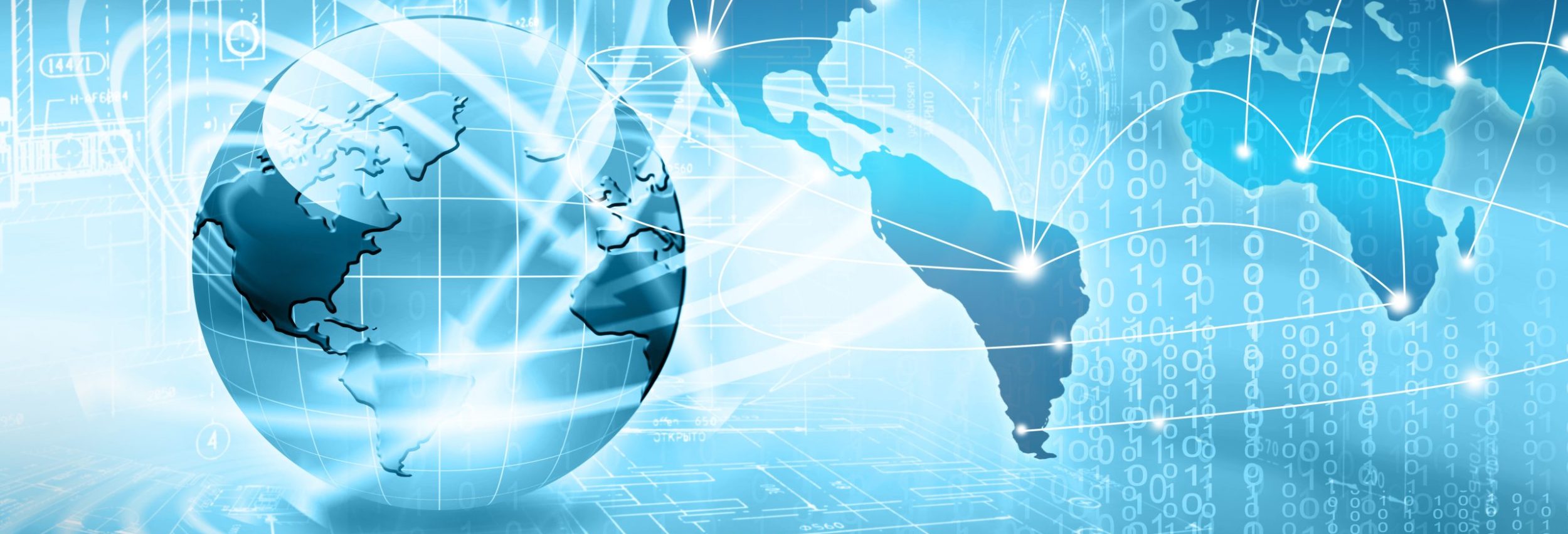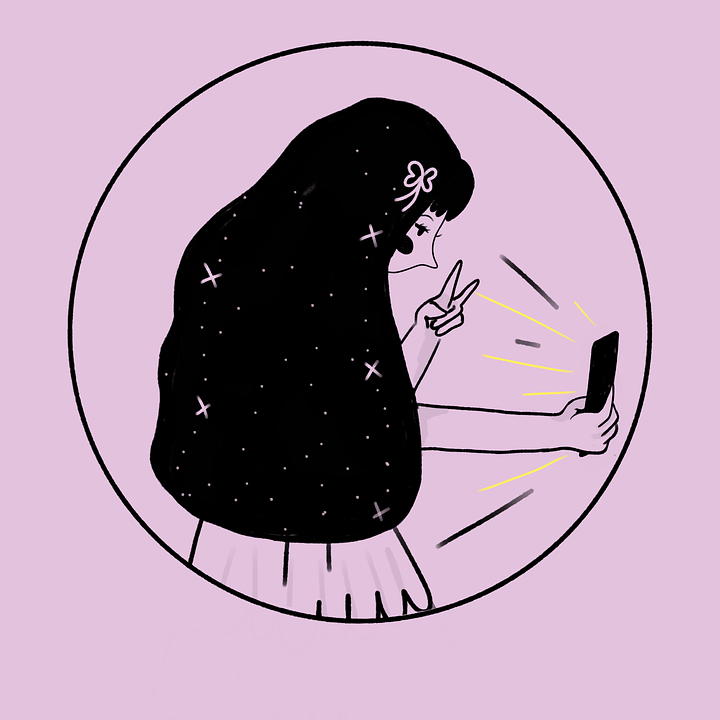In recent years, artificial intelligence (AI) has revolutionized various industries, and the field of art is no exception. One fascinating area that has emerged is generative art, where AI algorithms are used to create unique and innovative artworks. This article delves into the world of AI-driven creativity and explores the exciting possibilities of generative art.
What is Generative Art?
Generative art refers to art created with the help of autonomous systems, such as AI algorithms or computer programs. Unlike traditional art forms, generative art involves the exploration of rules, algorithms, and data inputs to generate an artwork that may evolve over time.
The Role of AI in Generative Art
AI algorithms play a crucial role in generative art by providing the ability to generate new and ever-evolving art pieces. These algorithms can learn from vast amounts of data, analyze patterns, and produce aesthetically pleasing artwork.
Benefits of AI-driven Generative Art
1. Infinite Creativity: One of the greatest advantages of generative art powered by AI is the limitless creative possibilities. AI algorithms can produce a wide range of unique designs, patterns, and compositions without human intervention.
2. Efficiency: AI-powered generative art can significantly reduce the time and effort required to create new artwork. The AI algorithms can process a vast amount of data and generate artwork at a much faster pace compared to traditional methods.
3. Novelty and Innovation: By leveraging AI, artists can uncover new and innovative approaches to art creation. AI algorithms can reveal patterns and insights that humans might not observe, resulting in fresh and exciting artistic styles.
4. Collaboration: AI-driven generative art encourages collaboration between artists and machines. Artists can use AI algorithms as creative tools to augment their own artistic vision and create stunning, one-of-a-kind artwork.
Applications of AI-driven Generative Art
1. Fine Art: AI-driven generative art has found its way into fine art galleries and exhibitions. Artists often combine traditional techniques with AI algorithms to produce captivating works that push the boundaries of artistic expression.
2. Advertising and Design: Companies are increasingly using generative art to create visually appealing and innovative advertisements. AI algorithms can generate unique designs and layouts that capture the attention of the target audience.
3. Virtual Reality and Gaming: Generative art adds a new dimension to virtual reality experiences and gaming. AI algorithms can create dynamic and interactive environments, offering players visually stunning and immersive experiences.
4. Fashion and Textiles: The fashion industry is embracing generative art to design unique and avant-garde clothing patterns and textiles. AI algorithms can generate intricate and visually striking designs that push the boundaries of traditional fashion.
Challenges and Ethical Considerations
While AI-driven generative art offers numerous benefits, there are also challenges and ethical considerations to keep in mind. Questions regarding authorship, originality, and the role of the artist in the creative process arise as AI takes a more prominent role in art creation. It is essential to carefully consider these implications and ensure that AI is used as a tool to enhance human creativity rather than replace it entirely.
Conclusion
AI-driven generative art opens up a world of infinite possibilities and novel artistic expressions. By combining the power of AI algorithms with human creativity, artists can push the boundaries of traditional art forms and create visually stunning and thought-provoking artwork. As technology continues to evolve, the future of generative art looks brighter than ever.

